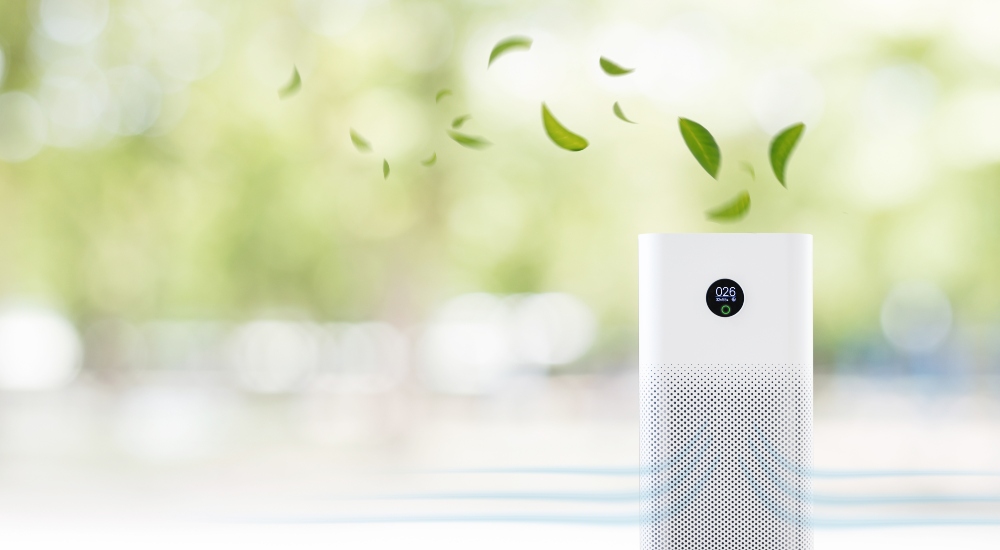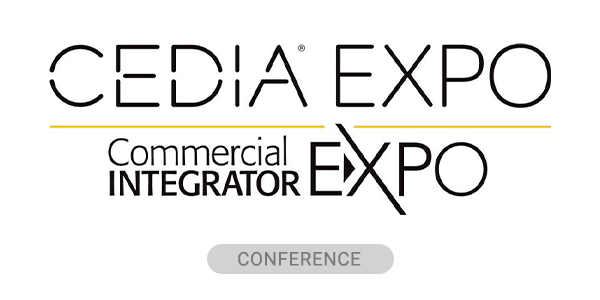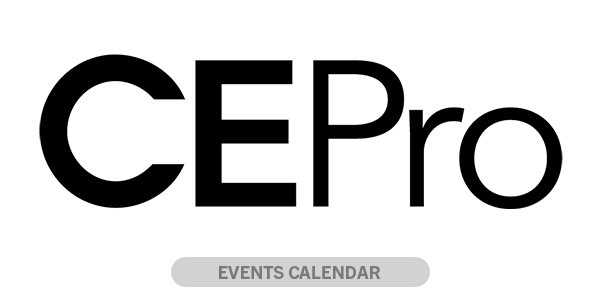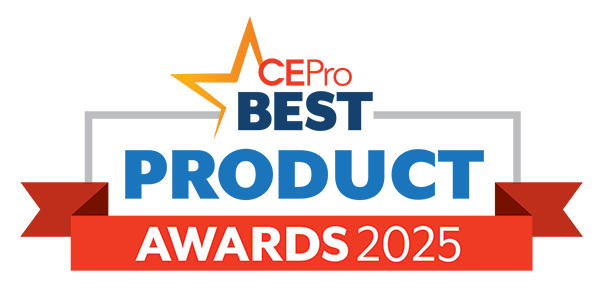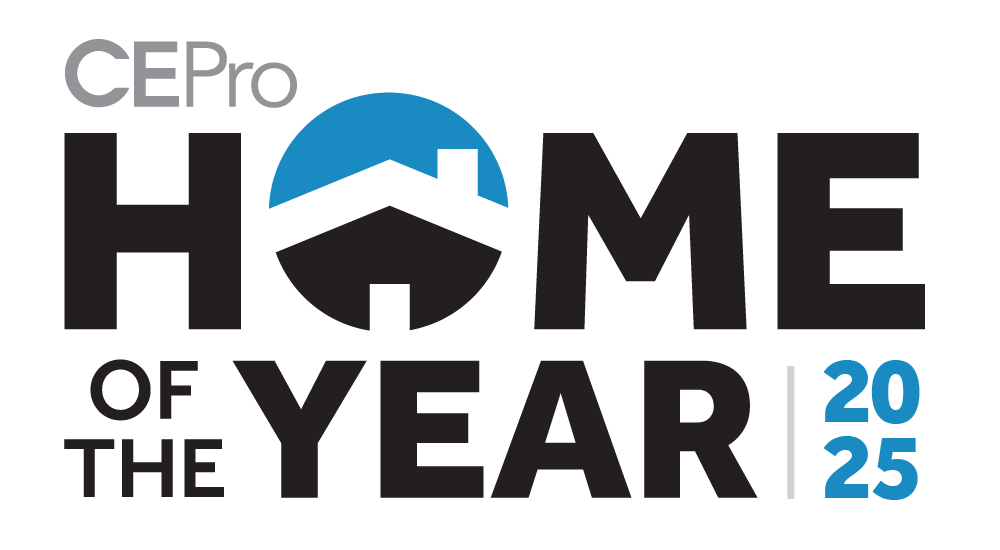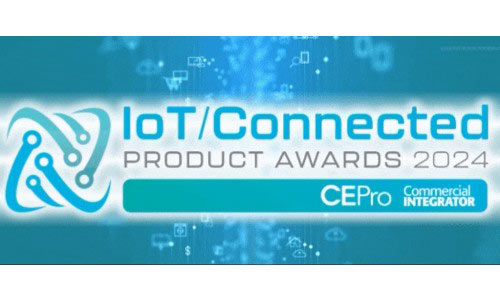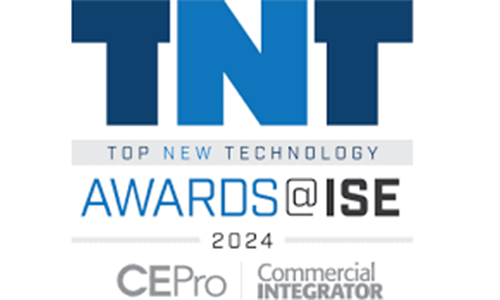When COVID-19 swept across the world, it brought with it a sudden awareness of how elements in our homes like air quality can affect our health, in turn, kicking off a spending spree among homeowners looking to make home improvements that would benefit their mental and physical wellness while being forced to shelter in place.
Air quality became the talk of the town overnight, and following after it came discussions over how water quality, lighting and audio all played unique roles in contributing to occupant health. Nowadays, however, these topics aren’t discussed nearly as often as they were in the immediate aftermath of the pandemic.
It’s been five years now, and in much the same way that chatter about COVID-19 itself has largely fallen to the wayside in public forums, so too have the talks about home health and wellness. That doesn’t mean they’re no longer relevant in modern homes, however.
The Approach to Air Quality Has Fragmented Among Consumer Interests
The discussion surrounding air quality persists to this day, though in many ways, it has fallen out of the scope of most integrators. This isn’t due to a lack of interest on the part of homeowners, but moreso because the solutions being leveraged have, in many cases, shrunken and consolidated to the point where they are easily implemented by the end user, cutting out the need for a professional almost entirely.
Interest in comprehensive, air-scrubbing smart HVAC systems has given way to spot treatments with individual, plug-and-play air purifiers having gained more market share over the years in comparison, which companies like AirThings have leaned into, allowing their air quality sensors and mitigation tools to build into more modular connected systems.
“We’ve seen continued growth in demand for our air quality monitors, particularly among homeowners seeking more personalized insights into the air they breathe,” explains Joakim Lindh, Head of Strategic Growth at Airthings.
“Monitoring is the essential first step as understanding your air empowers mitigation decisions, and recent advances have made these devices both more affordable and more accurate. Interest is especially high around pollutants tied to health and safety, like radon, particulates, and VOCs, as well as wellness-related factors like CO₂, humidity, and temperature. While whole-home HVAC systems play a role, we’re seeing consumers gravitate toward targeted, real-time solutions that offer visibility, portability, and greater personal control.”
Michael Don Ham of RePure, a group dedicated to building healthy, connected living systems that include air and water quality solutions, agrees that despite fading away, consumer appetite for air quality solutions have evolved from the initial hype surrounding connected HVAC units.
“In the early days of COVID, there was a spike in interest for whole-home air purification systems – largely driven by fear and a desire to make bold moves to protect families. But five years on, that urgency has given way to a more thoughtful and personalized approach to air quality and wellness in the home.
“These days, people still care deeply about clean air, but many are leaning toward portable solutions. The appeal of personal control and real-time feedback — whether through monitors, compact purifiers, or bedroom-specific devices – often outweighs the cost and complexity of major HVAC upgrades, especially in retrofits or rentals.”
There is still demand in the market for that professional grade solution, though, especially in the homes where integrators commonly work as companies like RePure, founded on the original ideas regarding air quality that rose to popularity during the pandemic, still offer professional-grade solutions to great success.
“In the wellness-focused homes I’ve worked with – particularly WELL residential projects – there’s growing interest in both passive and active air quality strategies,” Don Ham continues.
“Whole-home systems are still in play, but they’re being pursued more deliberately, often paired with occupant education and real-time data visualization to drive behavior.
The Gospel of Good Lighting Practices Still Stands Strong
The discussions of how lighting can impact human health and wellness spawned ideas like circadian-effective and human-centric lighting as a means of holistically leveraging how we perceive light to improve our interactions with specific spaces. Today, we still see projects leveraging full-blown circadian lighting systems in the interest of better health outcomes, but the legacy of these talks today lies more in the industry’s approach to modern lighting.
Research regarding the impact of lighting on our perception of space and time still influences lighting strategies to this day, it just may not sound the same as it did during the pandemic.
According to Jake Vitrofsky, who runs HEDSouth—and whose father was one of the original pioneers of the home wellness movement in the custom integration sphere—much emphasis is placed on the visual comfort of the design itself, as well as achieving more natural lighting conditions through the use of high-CRI fixtures to make spaces feel more open, and have design or art elements appear less sickly compared to being lit under low-CRI bulbs.
Human-centric lighting, once criticized as being a marketing buzzword, is noticeably absent from those same materials, yet its core principle, that being to design lighting accordingly to the person and location, forms the arch stone of every exemplary project throughout the industry today.
Similarly, the movement’s fixation on achieving more natural lighting has evolved from its original discussions of borderline biohacking, to realizing that, in general, human beings are more likely to engage with and enjoy themselves in spaces with natural lighting vs those with noticeably artificial lighting.
Water Remains a Very Fluid Topic for the Channel
Talks on water quality always came with a question mark for many within the channel, even during the height of its popularity during COVID. In fact, the discussion surrounding water helps highlight the ambiguity of the custom integrator role.
The main debate continues to be whether integrators should even attempt to dabble in a home’s plumbing, with the follow-up being how they should approach it if they do decide to try it out. It’s this internal debate among many integrators that has largely slowed down professional adoption rates in the channel.
That hasn’t completely stopped others from pursuing work in water quality, however, as the other half of RePure’s business model focuses on the water quality aspect of the home. Still, work on water remains a largely niche segment of the industry, even within the already niche home wellness segment.
Since coming up on everyone’s radar, the approach to water quality has also changed a decent bit. Reverse osmosis filters were once viewed as the holy grail of systems, able to scrub out all harmful contaminants in water at the cost of being more resource intensive, as systems required a lot of force to pass water through the filter.
Applied on a whole-home level, a point-of-entry reverse osmosis filtration system would often be exceedingly expensive and cumbersome to install, leading many to take the air quality approaching, and instead install individual filters at point-of-contact areas, like underneath the sink.
Today, a whole-home reverse osmosis system is less expensive than what it used to be, however, it remains just as cumbersome, often requiring a separate storage tank to accumulate filtered water to be able to keep up with a home’s daily usage.
Additionally, conversations around water quality have begun to highlight the issue of stripping even the healthy minerals from water during reverse osmosis.
“For water, I’ve found that whole home [reverse osmosis] systems are just too cumbersome to install,” notes Don Ham.
“Instead, there is a movement now towards whole home nano filters that remove 99.99% of all harmful contaminants while allowing minerals to pass through. It’s a much easier install and better end solution as the minerals allow for greater hydration and taste.”
Acoustics Remain Mostly Background Noise
Acoustics were the last of the quartet when it came to the COVID-era home wellness boom, and discussion hasn’t changed much since then. If air and water can be seen as twin concepts as far as their impact and approach are concerned, lighting and acoustics can be paired as well, as both have their wellness benefits rooted in the overall comfort of a space.
“Studies have shown that consistent exposure to noise—especially in built environments—can elevate cortisol levels, the body’s primary stress hormone, leading to increased heart rate, blood pressure, and overall systemic strain,” notes Vitrofsky.
“This kind of acoustic intrusion disrupts concentration, sleep, and emotional regulation, contributing to long-term issues like anxiety, hypertension, and cognitive fatigue. Research from the World Health Organization and peer-reviewed studies such as those published in Environmental Health Perspectives have linked chronic noise exposure to measurable biochemical stress responses, including heightened cortisol levels and impaired immune function (Babisch, 2003; Stansfeld & Matheson, 2003).”
The fact acoustics never took off wasn’t to do with a lack of interest or a reshaping of approach, however. Acoustics were already a significant part of the custom install industry by the time they were being talked about from a home wellness perspective, as Vitrofsky points out.
“At the advent of the wellness revolution in the Custom Integration space, audio wellness shifted and was all about creating acoustically isolated environments that supported rest, focus and mental clarity—through treatments like FabriTrak wall panels, in-wall speaker backboxes and other sound absorption or diffusion techniques,” he explains.
“Integrators were helping clients reduce noise fatigue and promote healthier living spaces. But despite its clear benefits, audio wellness never fully took off in the custom integration channel. Why? Because as the conversation shifted toward aesthetics and spatial design, acoustic treatments began falling more naturally under the purview of architects and interior designers. Without standardization or strong demand for quantifiable results, many integrators struggled to justify the added cost and complexity, and the opportunity slowly migrated out of our hands.”
For those instances that remained in integrators hands, it wasn’t like “good listening environments” were mutually exclusive to “healthy listening environments,” either. Much like lighting, acoustics that are good for a home theater listening environment also tend to be good for your personal comfort and health.
Post-COVID, Home Wellness Continues to Evolve
Post-COVID, home wellness remains a much-discussed subject in the technology industry, only now, a major topic seems to be the effect of having so much technology in the home. The mitigation of electromagnetic frequencies (EMF) has become an emerging topic among those heading the home wellness movement in the industry. There is also the role integrators may one day play in the home health movement, which is still being explored by pioneers like Kyle Steele of Global Wave Integration.
Despite the pronounced discussion being had at the start of COVID, it does not seem as though people have become less concerned about their health. It’s quite the opposite based on this assessment of the segment, as well as general conversations currently held in the zeitgeist. Instead, people have become more discerning of what is being offered, with applications and approaches changing to fit lifestyles and budgets.
